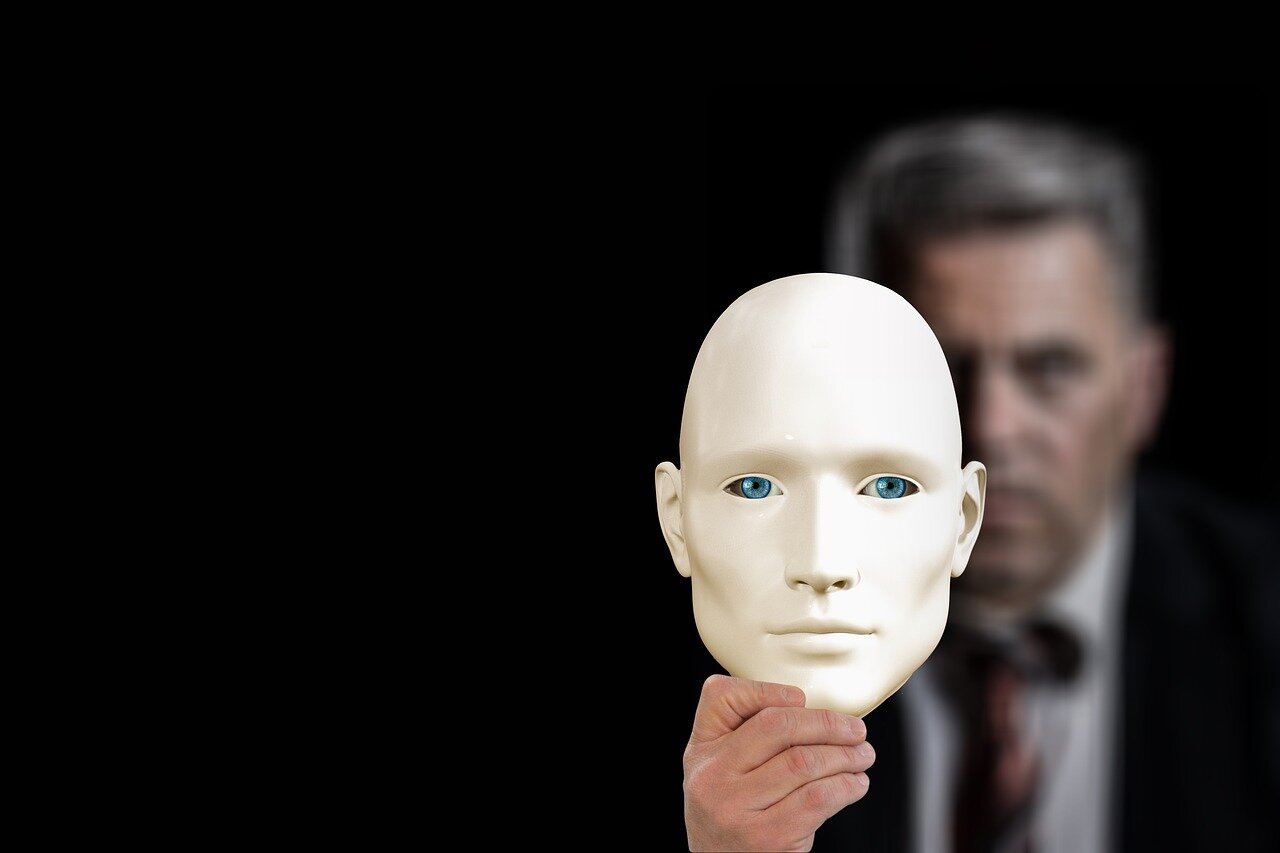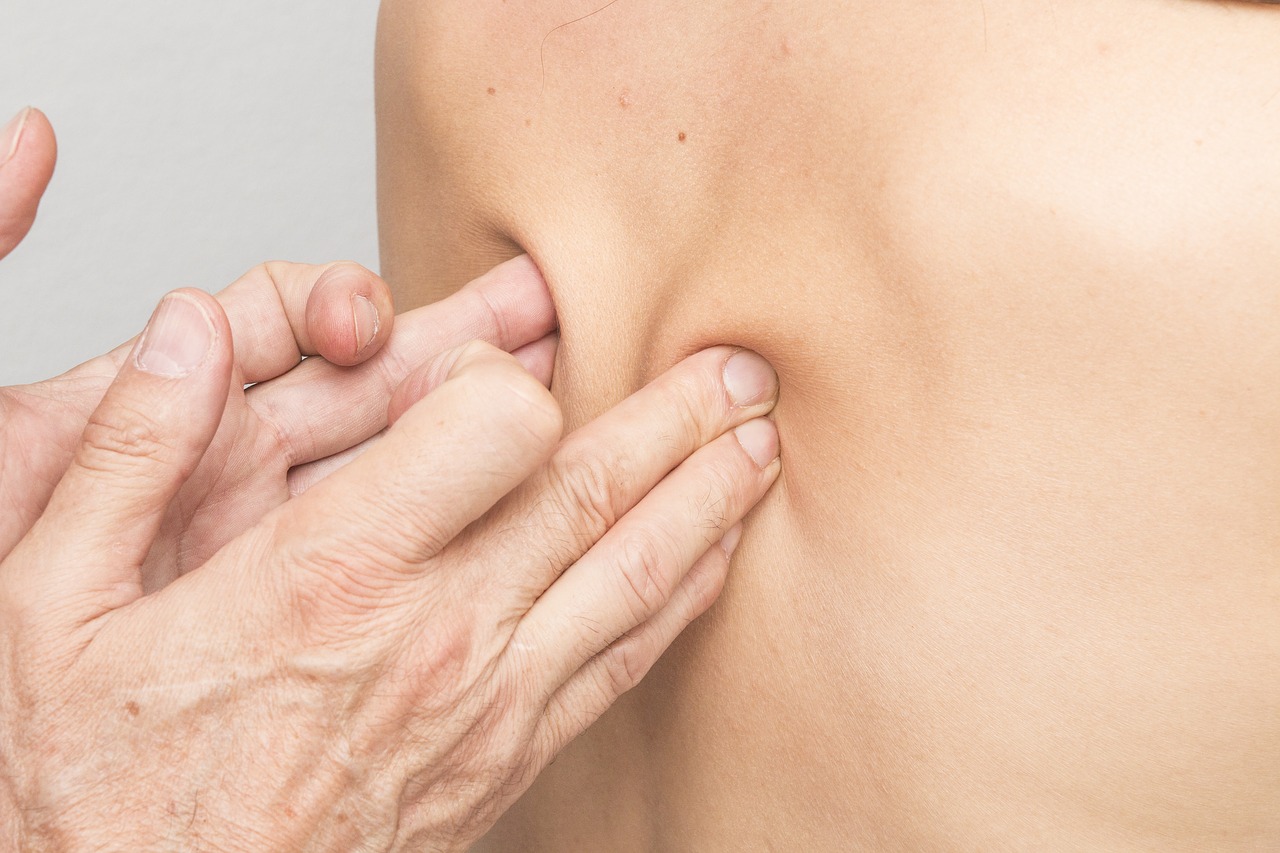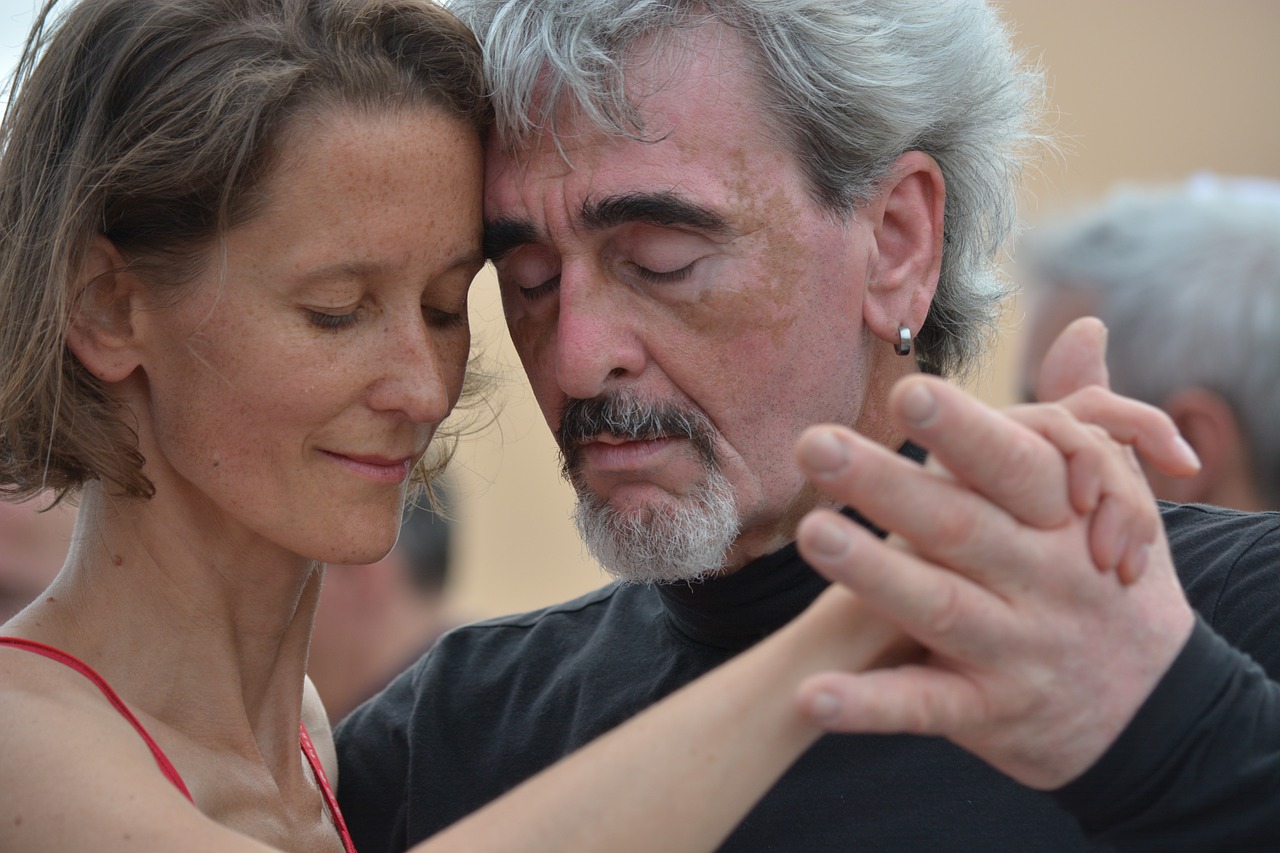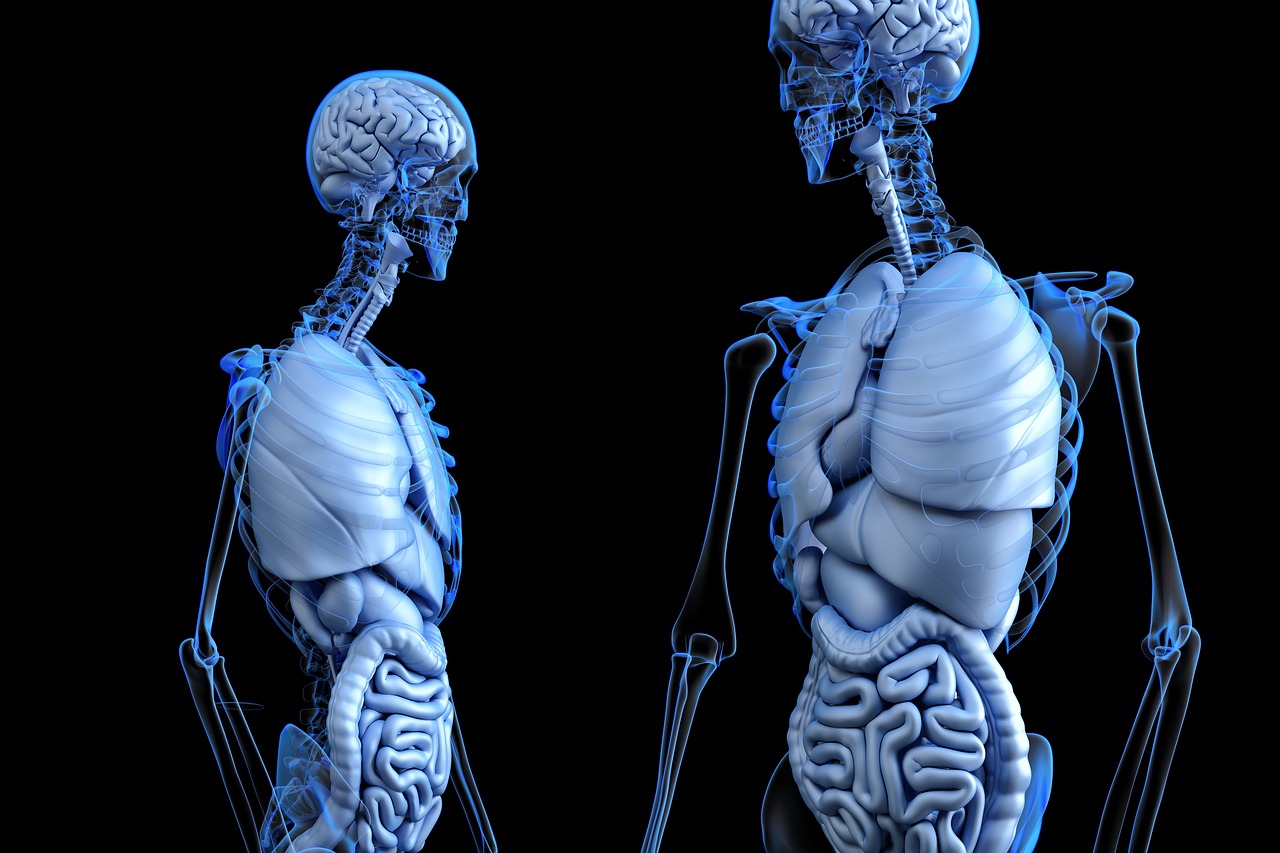This article seeks to convey pragmatic and applicable knowledge of the human nervous system to people affected by Parkinson’s Disease and those involved in providing healthcare and caregiving, as well as to try to summarize for myself my own current understandings of these concepts. In particular, we explore the role of people, attitudes and relationships in the lived experience of people with PD.
Read MoreNoradrenaline, Adrenaline, Dopamine and Parkinson's Disease
Dopamine itself is a building block of other neurotransmitters and hormones. Indeed, the reaction pathways can proceed further as:
DOPAMINE -> NORADRENALINE (made in the body brain from Dopamine) -> ADRENALINE (made in the body and brain from Noradrenaline).
Read MoreFeeling Heavy and Parkinson's Disease
A friend suggested I write more about what Parkinson's Disease is like "on the inside". At the same time, I was researching the different senses of the human body, and the problems which can occur with these in PD. Later, I learned about fascia (connective tissue) and its potentially vital role in PD. In this article, I attempt to tie these three threads together.
Read MoreChronic Stress and Parkinson's Disease
Some time ago, I discovered the strong correspondence between the symptoms of stress and the symptoms of Parkinson’s Disease. Later, I found these conclusions were further strongly supported by the book “When the Body Says No” by Dr Gabor Mate. I highly recommend everyone with, or is involved with, Parkinson’s Disease read this book at least once.
Read MoreBrain Healing and Parkinson's Disease
Here are annotated excerpts from the book, on the stages of neuroplastic healing - according to Dr Doidge, this works by modulating or downregulating the abnormal and noisy brain wave activity which occurs in nervous system dysregulations, that are either blocking clear movement and sensory signals or are over-exciting pain responses. It is worth noting that such “noisy brain” problems have been identified as a key element of Parkinson’s Disease.
Read MoreAthletics Training and Competitive Sport with Parkinson's Disease
Fascia (Connective Tissue) and Parkinson's Disease
We discover that fascia is essentially the connective tissue which is found throughout our body, wrapping muscles and organs, nerves and bones. This connective tissue is incredibly important and has profound and primary roles in our biological system, health and wellness. This is an “emerging” field in medicine, but has been known about and worked with in other disciplines for a very long time.
Read MoreYoga Nidra Guided Meditation and Parkinson's Disease
I have now been practising Yoga Nidra guided meditations for around 3 months at the time of writing this, daily each morning. I definitely have seen cumulative benefits for progressive reduction of my Parkinson's Disease symptoms over that time, including much reduced anxiety, pain, less really bad days. However, in particular, I’ve noted increased effectiveness of dopamine replacement drugs, longer "on" periods, as well as improved sleep. Indeed, I personally believe that the practice does indeed boost my dopamine levels, because when I take a dose of my PD meds after or during a Yoga Nidra session, it is much more likely that that dose will actually work to turn my movement back on, and it can take as little as 15-20 minutes for the drug to kick in (this is very short time for me, about 50% less time needed than usual.
Read MoreThe Past, Persistence and Parkinson's Disease
By Stefania Lungu, contributing author and person with Parkinson’s Disease.
“I am 66 years old and this is my story. I strongly believe that almost all major illnesses have deep roots in some traumas/shocks we have at certain moments of our lives, which we were not able to “digest”. All my emotional traumas are related to members of my family. My first shock was back in 1994, when I was alone with a little child to raise. Knock-knock, depression installed itself immediately and I was not able to recognize it and give it a proper treatment. I was very angry, and afraid that I would not be able to cope with all my problems. Yet, in all the critical moments of my life, I received from seemingly nowhere some help from ”above”, and somehow I managed to solve step by step the problems which arose, even when I remained jobless in 2000, and by miracle an old tennis friend helped me to find a new job in a bank, that help restore confidence in myself.”
Read MoreThe Cranial Nerves and Parkinson's Disease
I am currently researching the Cranial Nerves and their functions. My interest in this area was piqued because many of the major and common symptoms of Parkinson's Disease are not properly explained by just the "death of dopamine producing cells in the Substantia Nigra" scenario. However, I do believe that the atrophy of the Cranial Nerves in people with Parkinson's (PwP) does very straightforwardly explain most of the main secondary symptoms, and in a very common sense way.
Read MoreMy Hospitalization with Parkinson's Disease
When the ambulance arrived, the paramedics were sympathetic and could immediately see I was indeed in a terrible state. They agreed things were so bad that I needed to go Accident & Emergency (A&E, the equivalent of the ER in North America) with them immediately.
Read MorePhenylalanine, Tyrosine, L-Dopa, Dopamine and Parkinson's Disease
For those of us who spend a lot of time in the Dorsal Vagus Nerve activated freeze/immobilization/death feigning stress response, a number of otherwise vital biochemical reactions in our brains and bodies can go awry. We may stop producing healthy levels of particular enzymes, peptides, hormones and neurotransmitters, or make too much of these, or else stop being able to remove toxic by-products, that are necessarily created as part of the chemical steps in the creation and degradation of these substances, fast enough.
Read MoreHand-Held Accessories and Hand-Eye Co-ordination in Movement Therapies for Parkinson's Disease
An early discovery in pursuing whole-body movement as the principle therapy for increasing my range of motion, re-connecting body and mind, and integrating Primitive Reflexes, was the importance of holding something in my hands as part and parcel of the therapy, thereby enhancing the Applied Neuroplasticity and Somatic Experiencing benefits of movement.
Read MoreDance Therapy for Parkinson's Disease
Of all the therapies and modalities we’ve discussed here, I believe the most beneficial overall for progressive symptom reduction and movement recovery are Dance based. Here we define Dance Therapy broadly and simply as “moving to music or a beat”
Read MoreBalloon Based Play Therapy for Parkinson's Disease
Playing with balloons helped me re-discover much more slow, fluid and graceful movement. I believe that this type of controlled movement exercise could be very beneficial - even more so than playing with balls.
Read MoreLight Therapy and Parkinson's Disease
The purposes of this article, which I will endeavour to keep updated, is to act as a central resource of information on light therapy and its applications to Parkinson's Disease.
Read MoreThe Divided Brain and Parkinson's Disease, Part 2
In this sequel, we examine more closely the issues that an imbalanced brain function causes, in particular when the left brain is overly dominant, and show that there are strong correlations with the major motor and non-motor symptoms and real lives of people with Parkinson’s Disease. We will also explore links to Dorsal Vagus Nerve mediated immobilization.
Read MoreThe Dorsal Vagus Nerve and Parkinson's Disease
In this article, I would like to return to this topic, and concentrate this time on that primitive, reptilian branch of the Vagus Nerve, and its potentially central role in Parkinson's Disease.
Read MoreThe Divided Brain and Parkinson's Disease, Part 1
I have since been considering what Iain McGilchrist’s “Divided Brain” work has to teach us, in the context of trauma and chronic illness, and seeking to employ both hemispheres of my brain in thinking about this. I began to see how Iain’s work provides us with a vital missing part of the puzzle. Indeed, his concept of the "Divided Brain", I now feel, connects so very many of the pieces, and I will endeavour to contexualize and map out my thinking on this here.
Building Aliveness with Parkinson's Disease
The contrast to two years ago is quite stark. Back then I was literally near-Death and dying fast. Then, in my Death Feigning or "off" state, I would be in a much deeper Freeze, with more "rigor mortis" (rigidity). I was literally a zombie. Now I am much more functional - half-alive instead of near-dead - while symptomatic, unless having a really bad day. Even when the drugs switched me on, back then, it was not into full Aliveness, but into another half-dead, unfeeling, empty state - that of permanent Fight-Flight which I had pre-existed all in my life. Moreover, I was taking so many drugs that my movement (and emotions) were uncontrolled, I would go over to a state of dyskinesia which could be worse than the symptoms. Some of the drugs (ropenirole) I was on then actually made my Fight-Flight much, much worse than before.
Read More


















